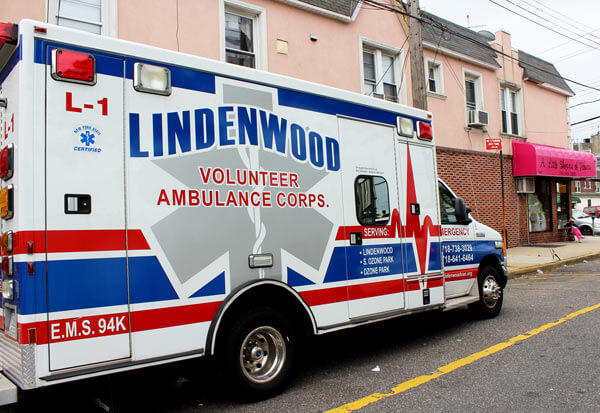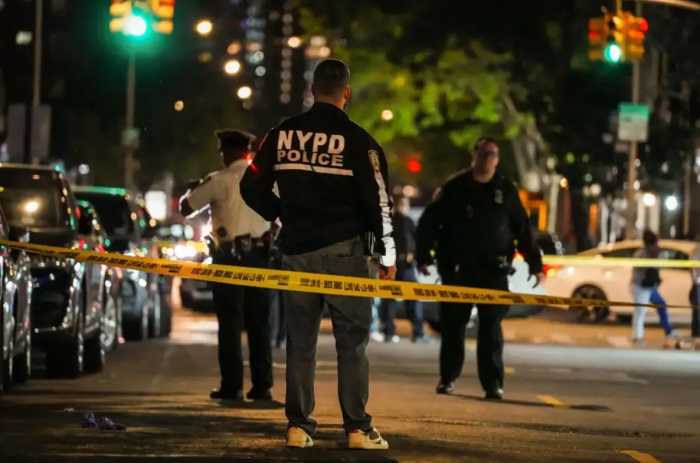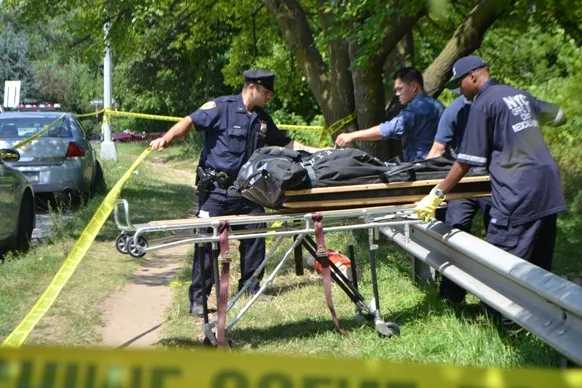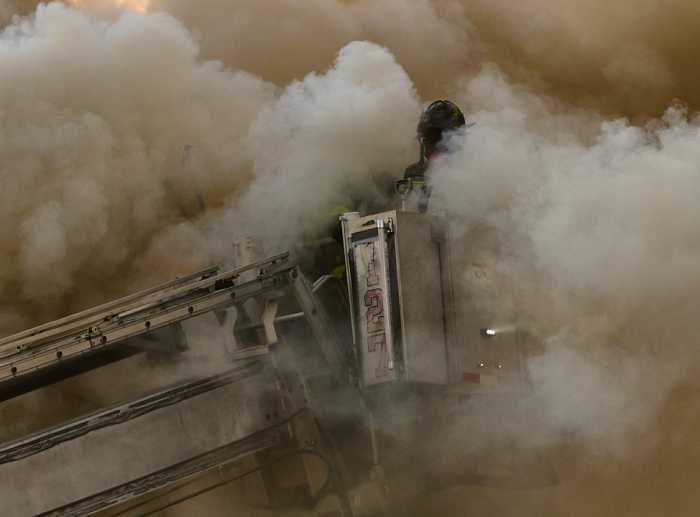By Bianca Fortis
An elected official is investigating why it took 26 minutes for emergency personnel to respond to an injured elderly man.
Frank Dardani, the president of the Ozone Tudor Civic Association, said he was coming home from work July 30 when he saw his 87-year-old neighbor sitting in his car surrounded by family and other residents.
The man had fallen on the sidewalk on 133rd Street near 86th Street while walking to his car and sustained a head injury. There was blood on the street, and the man was still bleeding from the head as Dardani approached him.
The witnesses had already called 911. But when no ambulance had arrived after 15 minutes, Dardani called again.
Five minutes later, an ambulance from Woodside showed up. Dardani said an EMT asked if the neighborhood was having problems with emergency response since they had come from so far. Another five minutes later, an ambulance from Corona arrived on the scene.
The incident raised further questions about the city’s 911 system, which has suffered repeated failures within the last few months.
State Sen. Joseph Addabbo (D-Howard Beach) said he was looking into the incident to see if the system had failed yet again, causing the long wait time.
But Frank Dwyer, an FDNY spokesman, said the 911 system was actually functioning just fine that day.
The 25-minute delay was a result of high call volume, traffic congestion and the fact that all calls must be prioritized.
“Obviously each call is important to the person calling,” he said. “And they’re important to us, too.”
A victim who went into cardiac arrest, for example, is a high-priority call, he said. In this case, however, the elderly man had a non-critical injury and was stabilized, he said.
Dardani disagreed.
“If the guy has an open cut in the back of his head and he’s 87, that’s a priority,” he said.
Addabbo said he considered two ambulances showing up to be a waste of resources, but Dwyer said both arrived probably because 911 was called twice or because they just happened to both become available at the same time.
Dardani and Addabbo both explained that there is a volunteer ambulance corps a few blocks away from where the incident happened. But the “vollies” are not hooked into the 911 system; they either work from a scanner or have a direct number for victims to call.
“They are likely underutilized,” Dardani said about the local corps.
But Addabbo insisted 25 minutes is too long a wait for an elderly man bleeding from the head.
He said if every firehouse in the area really was too busy to respond, “that opens up a whole other can of worms.”
Addabbo said he is concerned that long wait times will encourage future callers to exaggerate the conditions of victims in order to receive higher priority. That could then affect other, more serious cases.
The senator said he will consider asking the City Council to hold a hearing to better understand problems with the 911 system.
“The 911 system is a lifeline for the victim,” Addabbo said. “If it falters or is inadequate, a life is in danger. In today’s technology, you would think we can get this right. It should only take mere minutes to respond to a victim, not 25 minutes or half an hour.”
Reach reporter Bianca Fortis by email at bfortis@cnglocal.com or by phone at 718-260-4546.



































